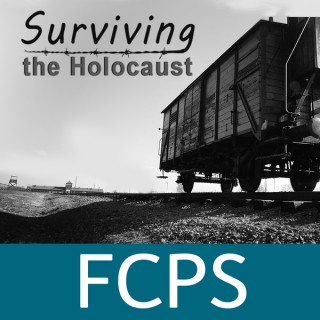
Flight School: Early Flight
Follow Flight School: Early FlightThis collection of videos is from a series of programs entitled "Flight School," which were produced in conjunction with the Smithsonian National Air and Space Museum, with funding from the Armed Forces Communications and Electronics Association. This collection is from the first program in the ser…
Fairfax Network, Fairfax County Public Schools
- Mar 27, 2013 LATEST EPISODE
- infrequent NEW EPISODES
- 11 EPISODES
More podcasts from Fairfax Network, Fairfax County Public Schools
Latest episodes from Flight School: Early Flight

Educators discuss the experimentation and data collection that the Wright brothers used to develop their flying machines.

Student experiment to understand how air pressure effects the human body in high altitude flight. Also explains how pressure suits were designed and developed to counter the effects of "thin air."

Takes a look at the history of the Wright brothers' accomplishments in making powered flight a reality.

Student travels to the Wright Experience, a non-profit organization dedicated to maintaining the spirit of experimentation and discovery that the Wright brothers used.

A visit with Major Rod Lewis of the U.S. Air Force. Major Lewis takes us inside his C-20 aircraft for a cockpit tour and also discusses his career path to becoming a pilot.

Student explains the elements involved in the Aviation Equation - a mathematical formula used to calculate the lift needed to get an aircraft off of the ground.

Recounts historical events in aviation from World War I through the 1930s. Profiles Wiley Post's ground-breaking solo flight around the world and features the aircraft he used to do it - the Winnie Mae.

Discusses aerodynamics and the four forces of flight - lift, weight, thrust and drag - and how those forces interact.

Demonstrates how an aircraft is controlled via the three axes of flight - roll, pitch and yaw.

Reviews early steps by humans to take to the air... including flying machines designed by inventors like Leonardo da Vinci and Otto Lilienthal. Features historical gliders that lead up to the Wright brothers experiments.

Summarizes the content available in this collection, including an overview of early flight and aviation.

















